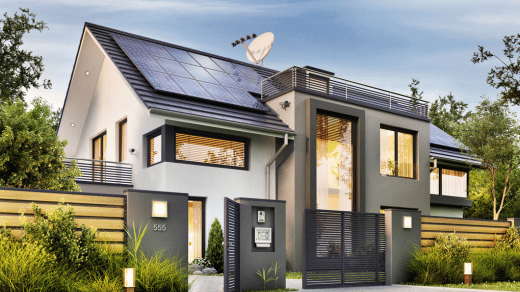Introduction
In the realm of garden houses, traditional gartenhaus architecture stands as a testament to timeless charm and enduring appeal. With their classic designs and historical significance, these structures not only provide functional spaces but also add a touch of elegance to any outdoor setting. In this article, we will explore the enchanting world of traditional gartenhaus architecture and discover the unique features that make them so beloved.
1. Architectural Styles
Traditional gartenhaus architecture encompasses various styles, each with its distinct characteristics and historical roots. Some of the notable architectural styles include:
- Log Cabin: The log cabin style gartenhaus is reminiscent of rustic charm and pioneer heritage. Constructed using horizontally stacked logs, these structures evoke a sense of warmth and simplicity.
- Cottage: Cottage-style gartenhauses feature a quaint and cozy aesthetic, often with elements such as sloped roofs, decorative trim, and charming shutters. They exude a sense of romanticism and evoke images of idyllic country living.
- Victorian: Inspired by the ornate Victorian era, Victorian-style gartenhauses showcase intricate detailing, steep roofs, decorative trim, and vibrant colors. These structures exude elegance and opulence, transporting you to a bygone era.
2. Traditional Design Elements
Traditional gartenhaus architecture is characterized by several design elements that contribute to their unique charm:
- Wood Construction: Wood is the primary material used in traditional gartenhauses. Whether it’s logs, timber framing, or clapboard siding, the use of wood enhances the natural beauty and warmth of these structures.
- Gable Roofs: Gable roofs are prevalent in traditional gartenhaus designs. With their triangular shape and steep slopes, gable roofs provide both functional benefits (such as efficient water drainage) and an aesthetically pleasing silhouette.
- Windows and Doors: Traditional gartenhauses feature well-placed windows and doors that reflect the architectural style. These openings not only provide natural light and ventilation but also serve as focal points, showcasing the craftsmanship and attention to detail.
- Decorative Elements: Ornamental details are often incorporated into traditional gartenhaus designs. These may include decorative trims, moldings, brackets, or carvings, which add a touch of sophistication and visual interest to the overall structure.
3. Versatile Uses
One of the remarkable aspects of traditional gartenhauses is their versatility in use. They can serve a multitude of purposes, such as:
- Garden Retreat: Traditional gartenhauses offer a tranquil and secluded space within the garden, perfect for relaxation, reading, or simply enjoying the surrounding natural beauty.
- Workspace: With their quiet and serene atmosphere, traditional gartenhauses make excellent home offices, studios, or workshops, providing an inspiring environment for creativity and productivity.
- Storage: These structures can also serve as functional storage spaces, accommodating garden tools, equipment, or even bicycles, helping to keep the main house organized and clutter-free.
4. Maintaining Traditional Gartenhauses
To preserve the charm and integrity of traditional gartenhaus architecture, proper maintenance is crucial. Consider the following tips:
- Regular Inspections: Conduct periodic inspections to identify any signs of damage or wear. Address issues promptly to prevent further deterioration.
- Cleaning and Preservation: Clean the exterior regularly, removing debris and dirt. Apply appropriate wood treatments, such as stains or sealants, to protect against weathering and rot.
- Roof Maintenance: Inspect and maintain the roof to ensure it remains watertight. Replace any damaged shingles or tiles promptly.
- Window and Door Care: Keep windows and doors in good condition by lubricating hinges, checking for drafts, and replacing any damaged or worn-out components.
Conclusion
Traditional gartenhaus architecture offers a captivating blend of historical charm, architectural beauty, and functional versatility. Whether you’re drawn to the rustic allure of log cabins, the cozy elegance of cottage-style designs, or the opulence of Victorian-inspired structures, traditional gartenhauses add a touch of timeless enchantment to any garden or outdoor space.


